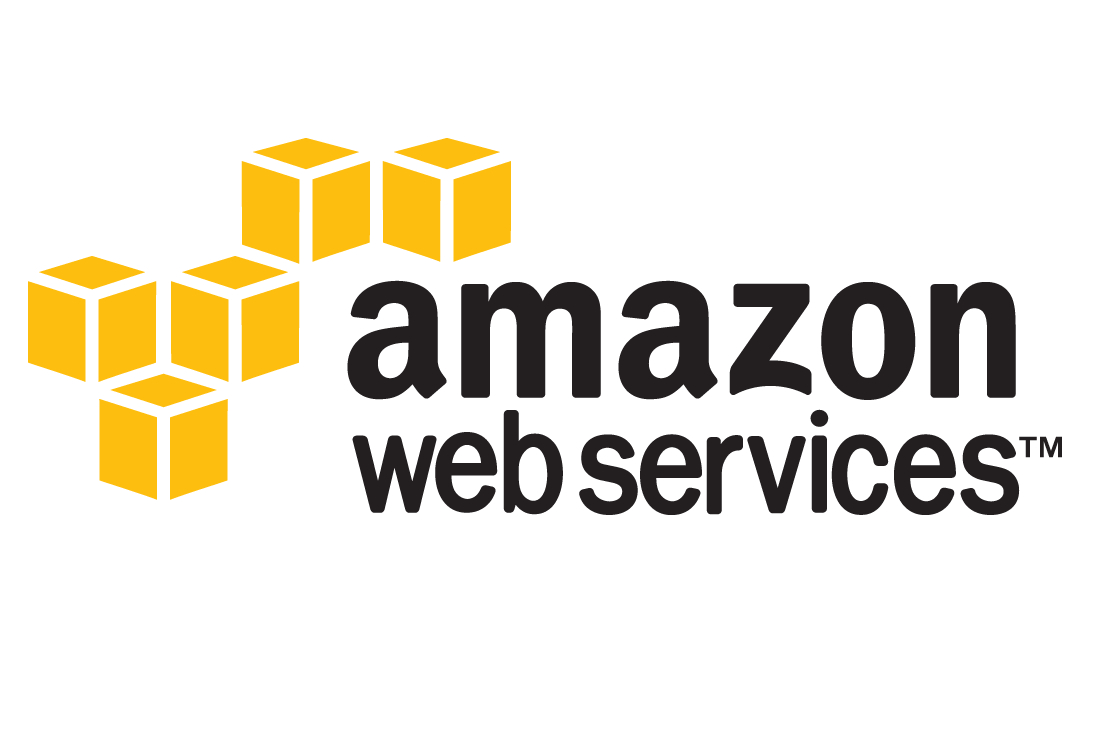
Even though Google, AWS and Microsoft are trying hard to push their cloud services as the cheapest around, there's only so far they can go, an analyst has revealed.
Jonathan Atkin, analyst for RBC Capital Markets, has looked carefully into the cloud pricing markets and said although AWS lowered some of its prices in early January, it hasn't had a particularly big impact on the way the market is balanced.
Earlier this week, Google announced it is undercut the prices of Amazon's cloud instances, making it the cheapest public cloud service around.
This was supported by the RBC study, which ruled Google's Compute Engine pricing as the most competitive, even after AWS's price cuts.
However, shortly after RBC's study was released, Amazon announced it would be changing the way it's billing its Elastic Compute Cloud services, using Scheduled Reserved Instances that would make it cheaper to run workloads at certain times. Customer can book time they need to run instances in advance to benefit from a discount of between five per cent and 10 per cent.
In Google's blog post that claimed it is taking on AWS, the company said its services are up to 41 per cent cheaper than its main rival in the public cloud arena.
The biggest price difference applies to Google's custom 2-core, 3.75gb instance, which it pits head-to-head against AWS's C4 instance. The smallest price variable was on its mid-level n1-standard-4 instance, which is the most expensive of AWS's services at $121.18 a month for its R3 instance.
Sign up today and you will receive a free copy of our Future Focus 2025 report - the leading guidance on AI, cybersecurity and other IT challenges as per 700+ senior executives
"While price cuts sound appealing on the surface, when you unpack the specifics of Amazon’s pricing model, it can be an unpleasant surprise," Miles Ward, Global Head of Solutions, Google Cloud Platform said. "We often hear from customers who are locked into contracts and aren’t eligible for the new rates, or are stuck with instances that no longer fit their needs."
Ward added that Google Cloud Platform was designed to be as flexible as possible for customers, without a long-term commitment or any other barriers to adoption and, when shopping around, customers should ensure they explore every option to make sure it meets their precise needs.
Last week, Amazon Web Services (AWS) cut the price of its core cloud computing platform. The C4, M4 and R3 instances of EC2 have all been given a five per cent reduction for all AWS regions, which applies to on-demand and reserved instances, and dedicated host prices for C4 and M4 instances running Linux.
On-demand, reserved instance, and dedicated host prices for R3 instances running Linux have also been reduced by five per cent.
The C4, M4 and R3 reductions are effect in the US, Europe, Asia Pacific, Asia Pacific (including Australia), and, additionally for the R3 instances, South America.
AWS has also cut five per cent off its on-demand and reserved instance prices for R3 instances running Linux in the AWS GovCloud for US customers.
Smaller reductions also apply to the same instance types that run Windows, SLES and RHEL in the regions above.
Price changes apply from 1 January, and the new reserved instance pricing is in effect now. However, prices depend on an individual customer's usage, which users can check here.
This is AWS’s 51st price cut, by the company’s count. AWS has been pushing hard against Google and Microsoft’s own price reductions, forcing prices for the cloud hosting market into a so-called race for the bottom.
Amazon is currently the leader in the IaaS cloud computing market, raking in $1.8 billion from its cloud service business during the second quarter of 2015. Microsoft’s Azure platform is second, with Google’s Cloud Platform behind that.
Fierce competition from these the providers has effectively turned IaaS cloud computing market into a three-horse race – albeit with Google Cloud Platform trialling some distance behind the other two.
The public cloud market is among one of the most profitable markets in IT. A 2015 report from Synergy Research Group suggests that the public cloud now generates in excess of $20 billion in revenue.
-
 Microsoft CEO Satya Nadella wants an end to the term ‘AI slop’ in 2026
Microsoft CEO Satya Nadella wants an end to the term ‘AI slop’ in 2026News Microsoft CEO Satya Nadella might want the term "AI slop" shelved in 2026, but businesses will still be dealing with increasing output problems and poor returns.
-
 New security features are coming to Microsoft Teams this month
New security features are coming to Microsoft Teams this monthNews From 12 January, weaponizable file type protection, malicious URL detection, and a system for reporting false positives will all be automatically activated.